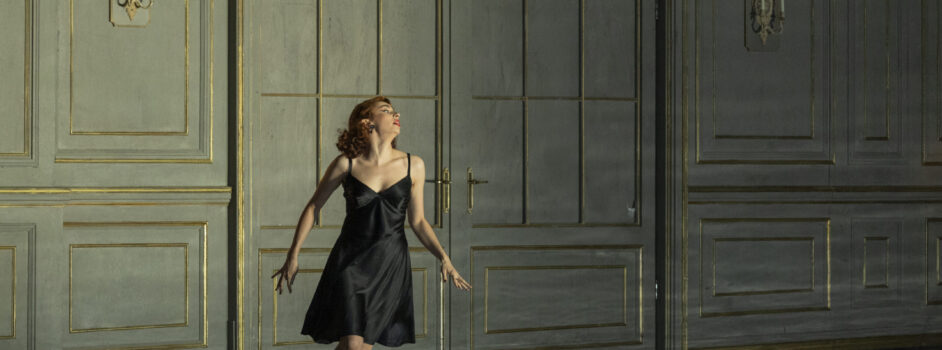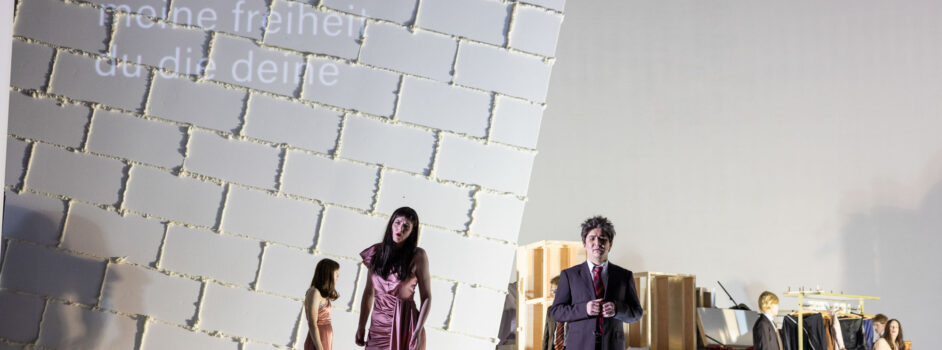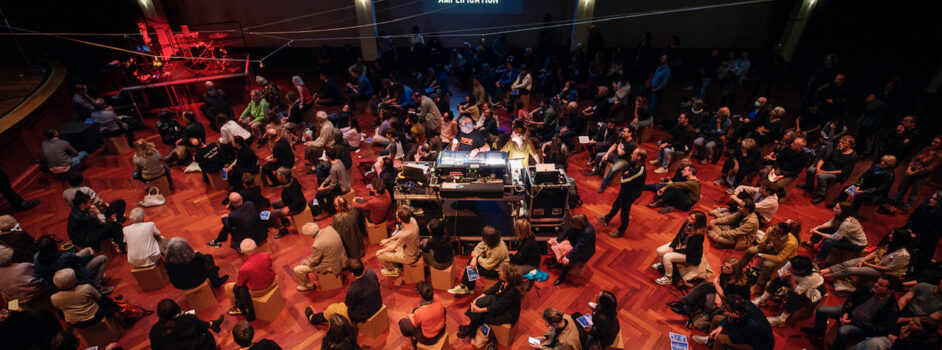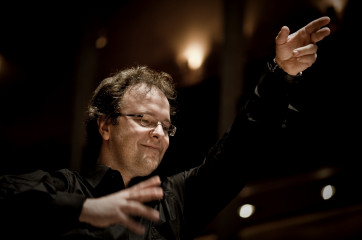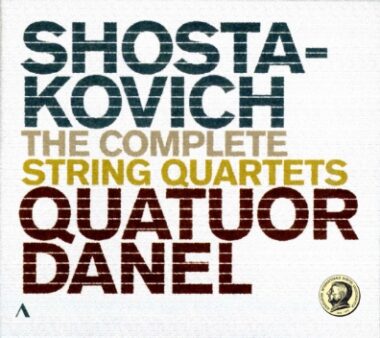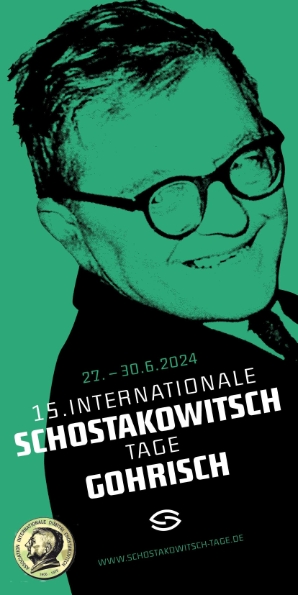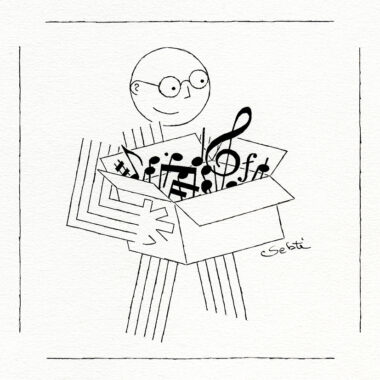Plus de détails
6-VIII-2015. Turku, Turku Concert Hall. Jean Sibelius (1865-1957): Symphony No. 3, op. 52; Luonnotar, op. 70; Symphony No. 4, op. 63. Anu Komsi: soprano. Chamber Orchestra of Europe, Sakari Oramo: conductor.
8-VIII-2015. Turku, Turku Concert Hall. Jean Sibelius (1865-1957): Symphony No. 5, op. 82; Symphony No. 6, op. 104; Symphony No. 7, op. 105. Chamber Orchestra of Europe, Sakari Oramo: conductor.
« This was Sibelius writ large, played with joyful abandon »
This year the music world celebrates the 150th birthday of Sibelius, and it should come as no surprise that fans of the great composer are spoiled for choice in Finland this year. Numerous complete symphony cycles, performances of early versions of established masterpieces, and the Sibelius violin competition are just some of the many highlights taking place this in Finland this year.
Sibelius' symphonies are usually performed by full-sized orchestras, even though one could easily imagine a chamber band rendition of each of the symphonies after number two. This is certainly not a novel concept, as the great Sibelian Paavo Berglund recorded a complete cycle with the Chamber Orchestra of Europe (COE). More recently, Leif Segerstam performed the cycle with the chamber-sized Tapiola Sinfonietta in 2010. Nevertheless, performances of these works with chamber forces are comparatively rare, so the opportunity to hear Sakari Oramo reprise these works with the COE was eagerly awaited.
Expectations were naturally high with this combination, and in most ways one was not left disappointed. Tight ensemble and focused energy opened the Symphony No. 3. Chamber music-like textures, found in abundance in both the Symphony No. 3 and No. 4, were played with wonderful transparency and character. Komsi's rendition of the treacherously difficult solo part in Luonnotar was emphatic and firmly within her grasp, despite the dynamic extremes. Oramo's sensitive accompaniment not only highlighted the interplay between orchestra and solo voice, but also led up to a positively earth-shattering climax, elemental in its power. Listeners were treated to some glorious brass playing, especially in the Symphony No. 5 and No. 6.
There were nevertheless a few rough edges. Several transitional passages in the Symphony No. 5 felt uncertain. The delicate and fragile outer pages of the Symphony No. 6 came across as somewhat heavy-handed. Brass and timpani, as brilliant as they sounded, sometimes overwhelmed the strings.
But these are minor quibbles. Despite the reduced forces on stage, this was Sibelius writ large, played with joyful abandon.
Photo Credit Sakari Oramo: Jurek Holzer
Plus de détails
6-VIII-2015. Turku, Turku Concert Hall. Jean Sibelius (1865-1957): Symphony No. 3, op. 52; Luonnotar, op. 70; Symphony No. 4, op. 63. Anu Komsi: soprano. Chamber Orchestra of Europe, Sakari Oramo: conductor.
8-VIII-2015. Turku, Turku Concert Hall. Jean Sibelius (1865-1957): Symphony No. 5, op. 82; Symphony No. 6, op. 104; Symphony No. 7, op. 105. Chamber Orchestra of Europe, Sakari Oramo: conductor.

